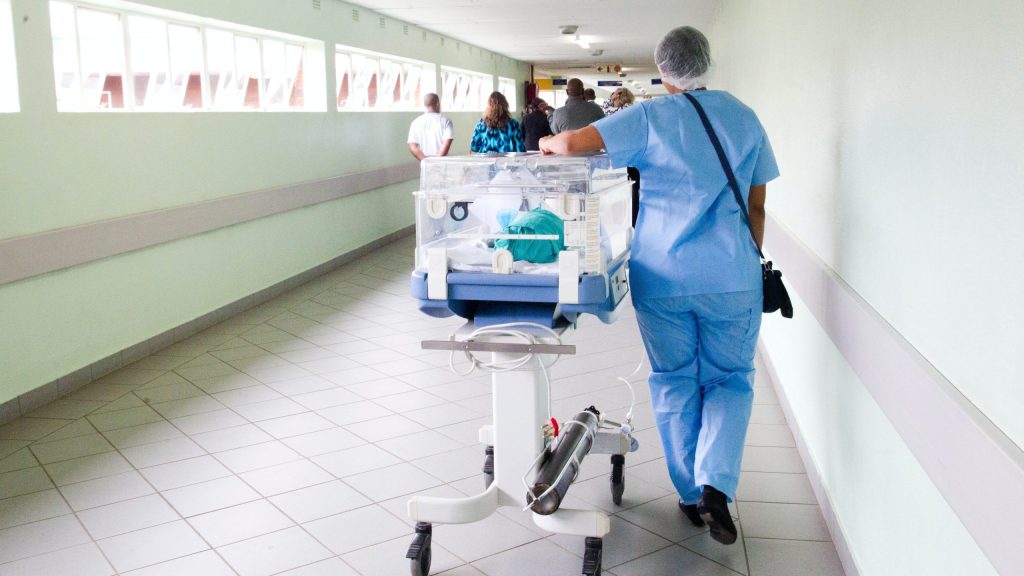
Policy Solution
Cool hospital design
Mandate

Summary
Keeping hospitals cool can help protect patients. New hospitals or renovations should be proactively designed to keep the building cool through its orientation and construction.
Implementation
Require new hospitals to adhere to cool building design standards with an emphasis on passive cooling strategies.
Considerations for Use
Preparation for extreme heat can help hospitals prepare for other climate events.
Overview
Climate:
Cold, Hot/Dry, Hot/Humid, TemperatePolicy Levers:
MandateMandates are government regulations that require stakeholders to meet standards through building codes, ordinances, zoning policies, or other regulatory tools.Trigger Points:
Introducing new or updated zoning/codesIncludes codes, zoning requirements or by-laws pertaining to urban planning and building construction activity.Intervention Types:
Buildings and Built FormSectors:
Emergency management, Informal Settlements, Public Health
Case Studies
Impact
Target Beneficiaries:
Heat-vulnerable communities, ResidentsPhase of Impact:
Emergency response and managementMetrics:
Decrease in power outages, Energy savings
Implementation
Intervention Scale:
BuildingAuthority and Governance:
City government, State/provincial governmentImplementation Timeline:
Long-term (10+ Years)Implementation Stakeholders:
City government, State/provincial governmentFunding Sources:
Private investmentCapacity to Act:
High, MediumBenefits
Cost-Benefit:
MediumPublic Good:
LowGHG Reduction:
N/ACo-benefits (Climate/Environmental):
N/ACo-benefits (Social/Economic):
Improve human health, Save on utilities